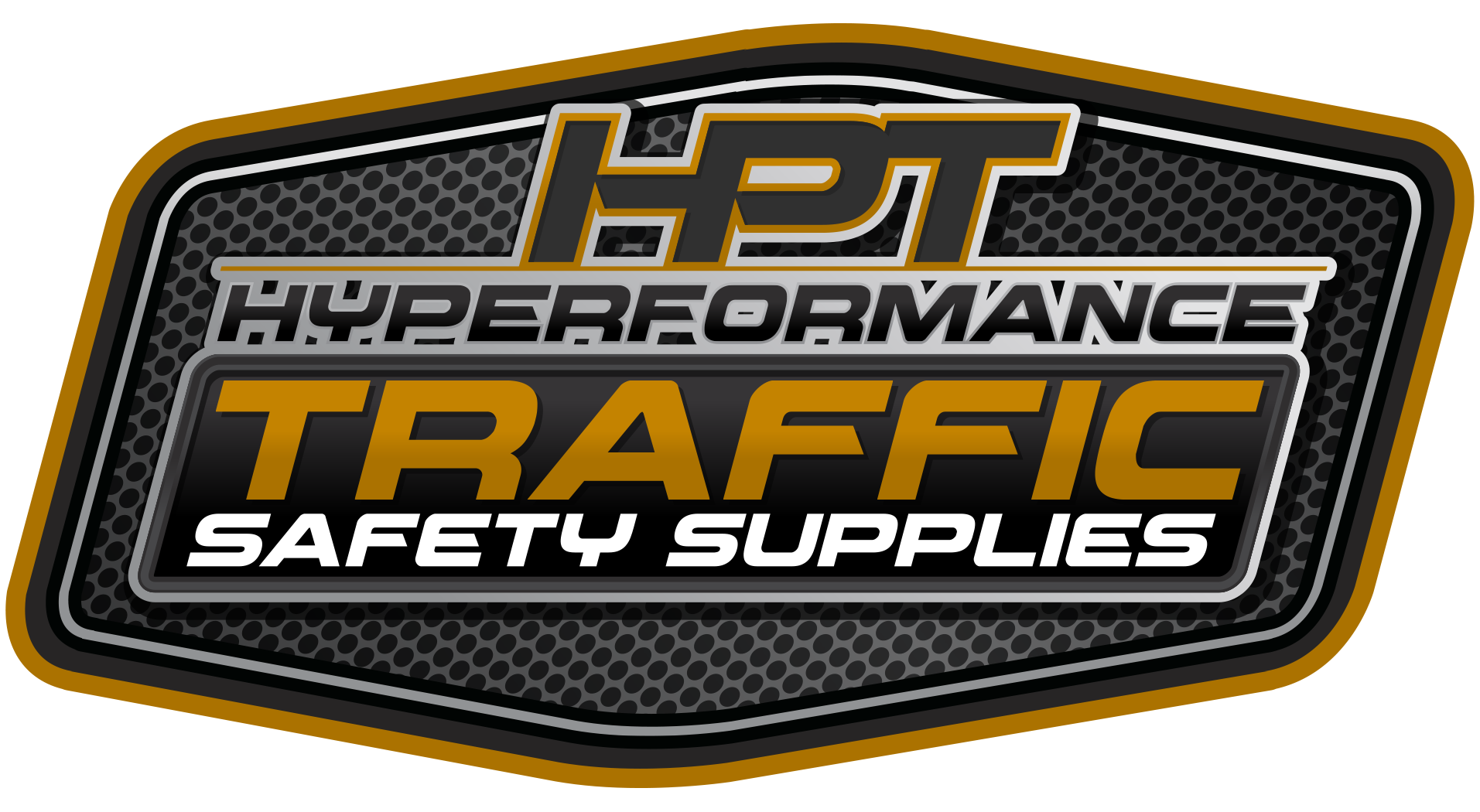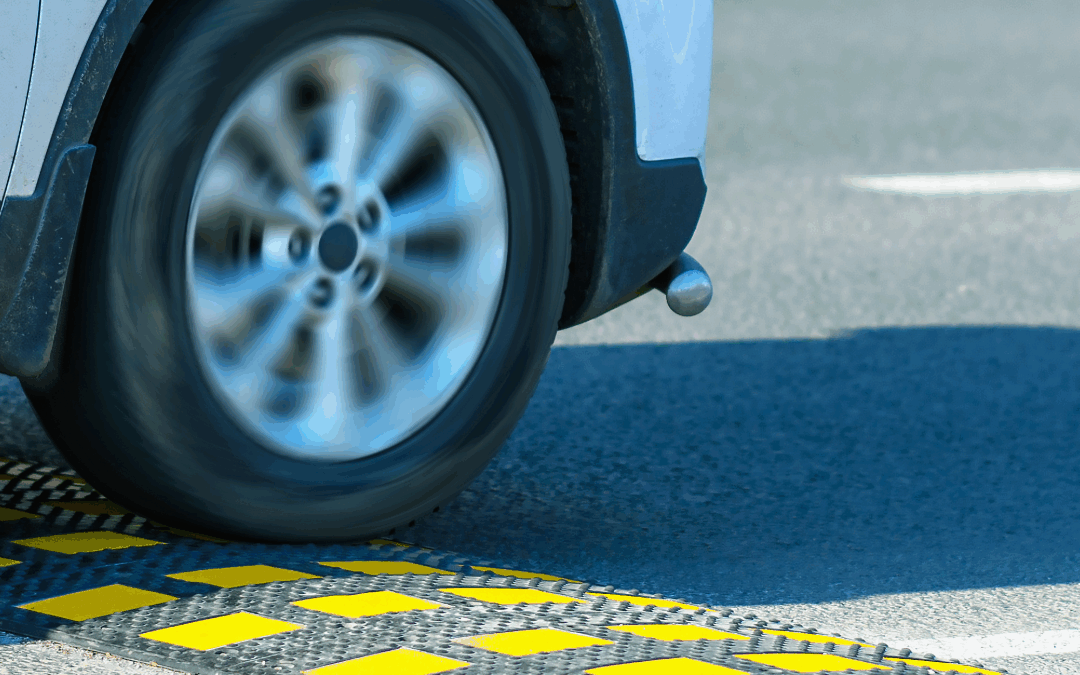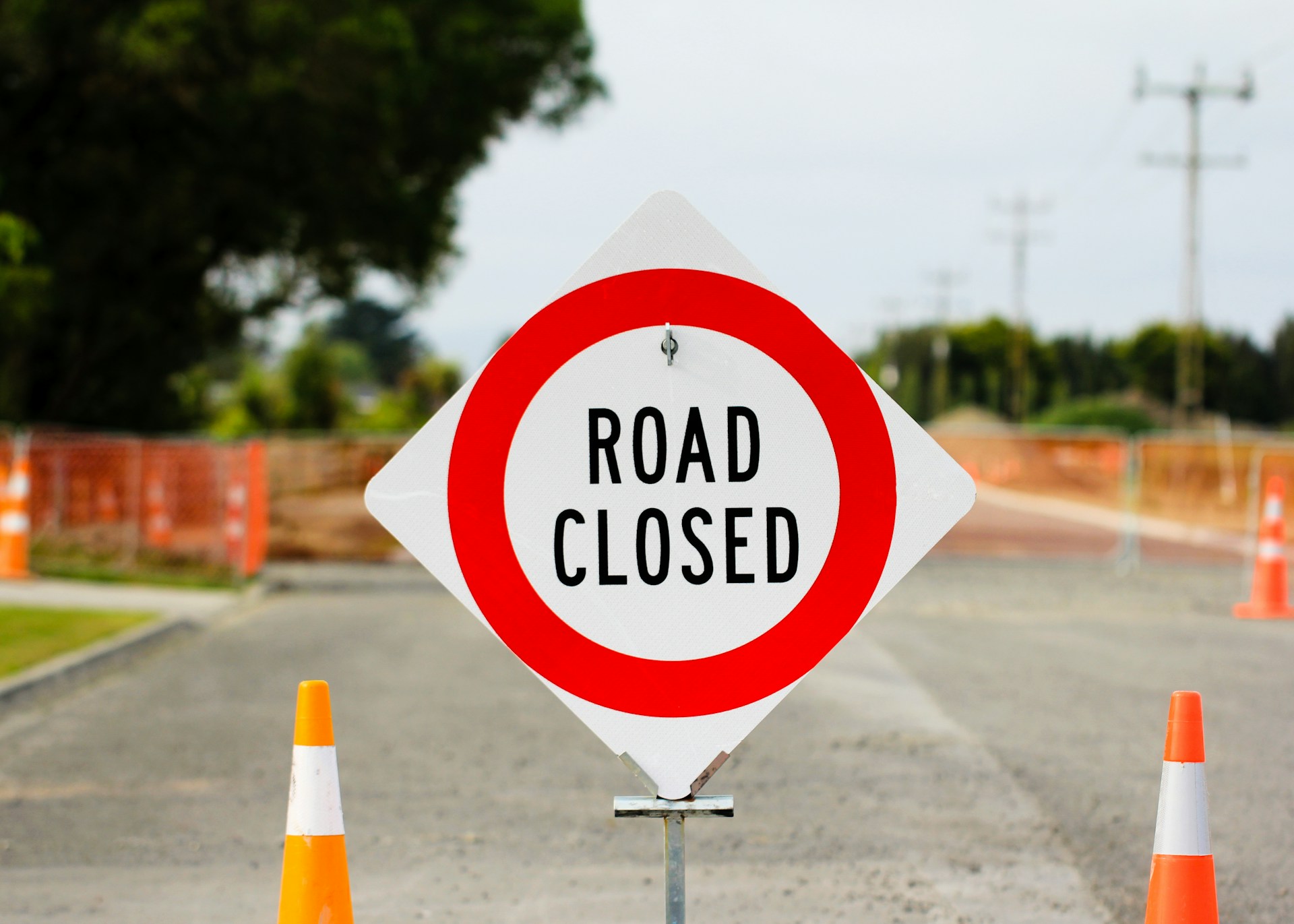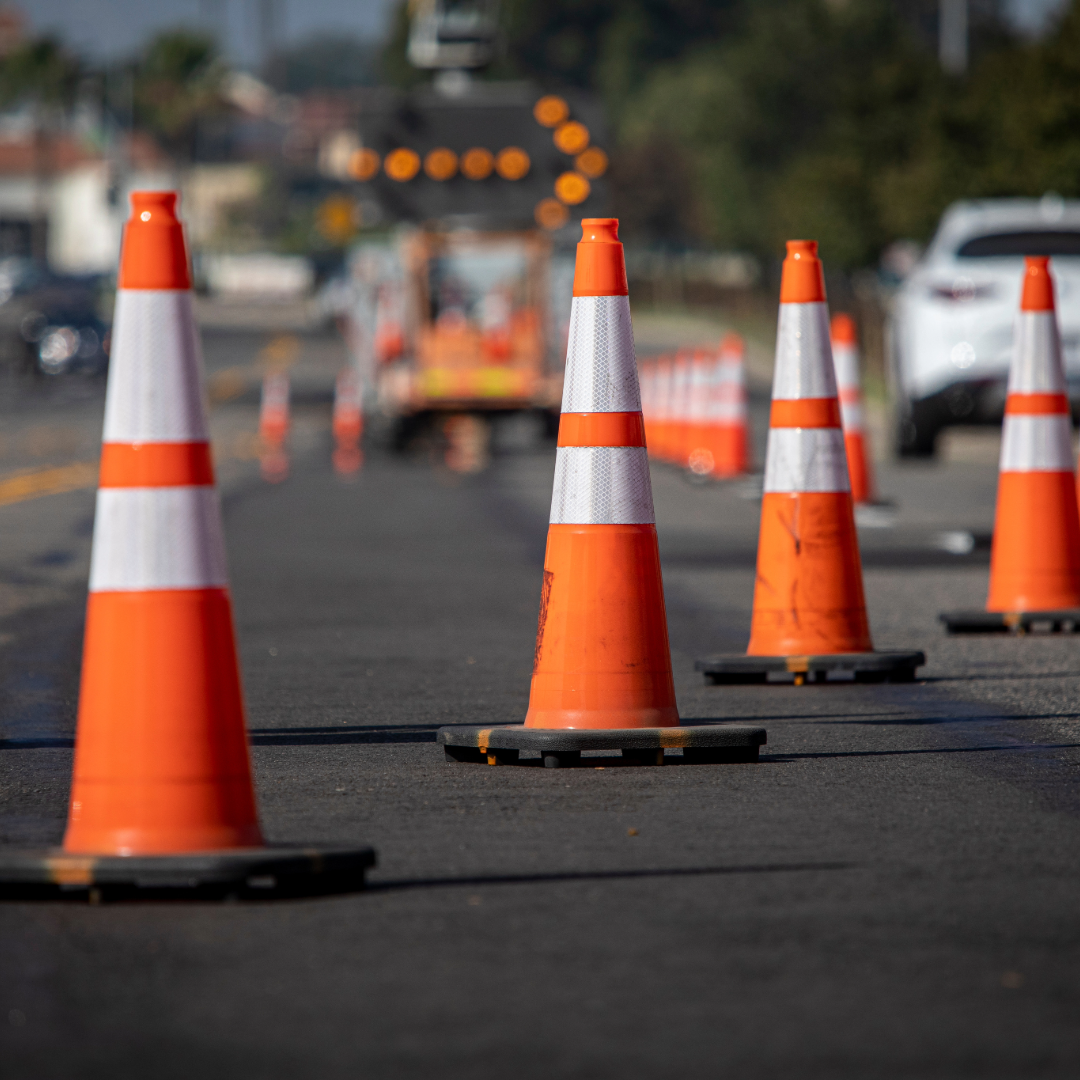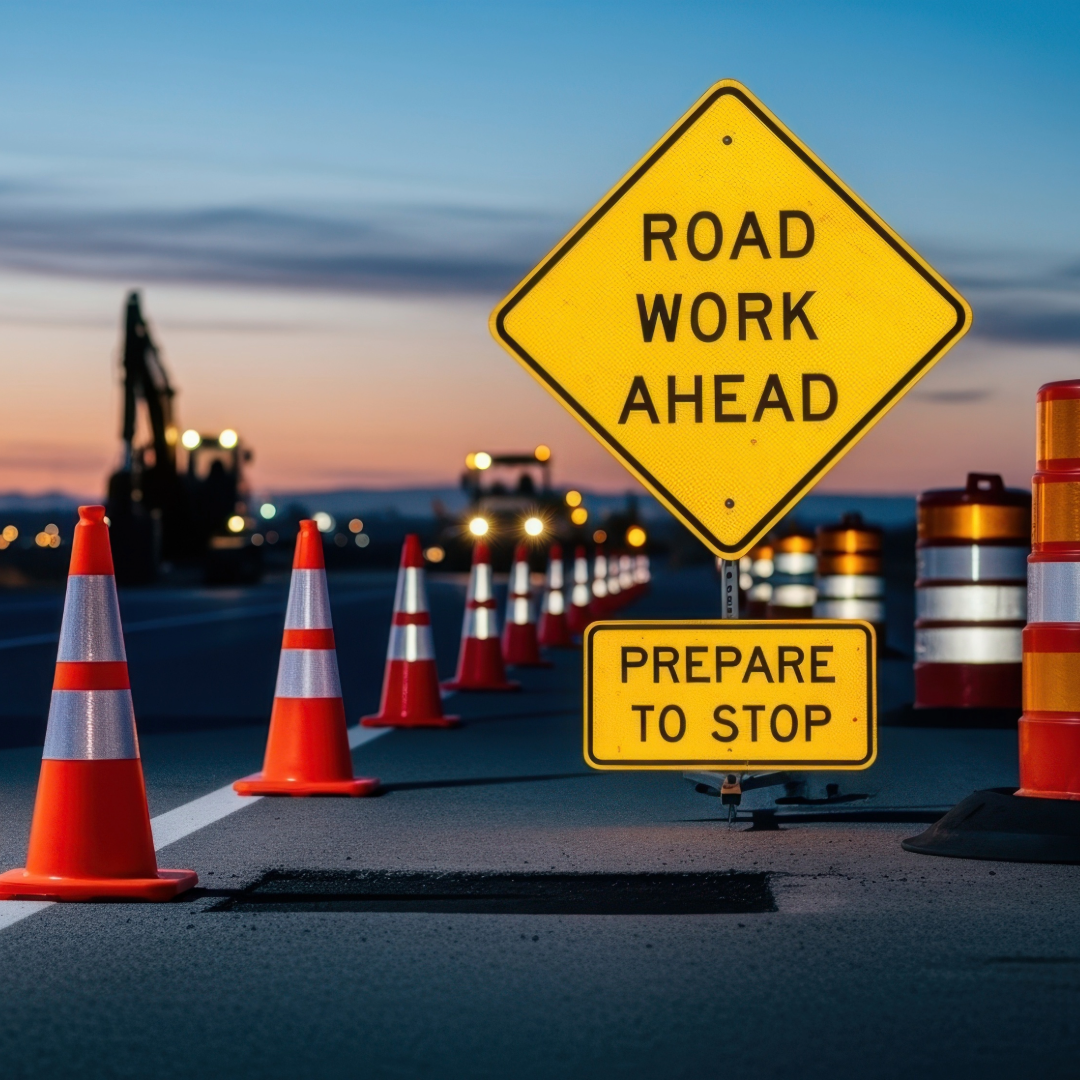Speed bumps are often the first thing people think of when it comes to slowing down traffic. They’re simple, widely used, and can be effective, but they also come with some frustrating drawbacks. Drivers may slam on their brakes or swerve suddenly to avoid them, which can make roads feel less safe, not more. Speed bumps can increase road noise, create issues for emergency vehicles, and wear down car suspensions over time.
There are better ways to guide safe driving that don’t cause nearly as many problems. As more towns and neighborhoods look for smoother options, traffic calming systems have started to replace standard speed bumps. These alternatives still slow people down, but they do it in ways that aren’t so jarring or disruptive. Whether you’re planning a new development or adjusting an old traffic layout, it helps to know what your options are.
Understanding Traffic Calming Systems
Traffic calming systems are designed to slow vehicles without bringing everything to a stop. The goal is to manage speed and improve safety without frustrating drivers or damaging vehicles. Instead of forcing a sudden slowdown, these systems encourage smoother driving by adjusting the road layout or adding features that make drivers more aware of their surroundings.
There are a few key parts that make these systems work:
– They guide driver behavior instead of forcing it
– Visual cues, like narrowed streets or raised elements, prompt slower speeds
– They reduce cut-through traffic in residential areas
– Designs can match the area’s layout to keep things looking clean and intentional
Chances are you’ve already seen some of these systems in action, even if they weren’t labeled that way. Neighborhoods with small curves in the road, mid-block crosswalks, or raised sections where people walk are using traffic calming features. Unlike speed bumps that interrupt the flow, these ideas shape how driving feels from the start.
This kind of setup puts safety first without making the road harder to use. If someone is driving through a quiet street with raised crosswalks and gentle curves, they’re more likely to stay aware, turn down the radio, and watch their speed. That shift in attention helps protect both people and property.
Effective Alternatives to Speed Bumps
There’s more than one way to slow down traffic. Some options improve safety while also being friendlier to cars and drivers. Here are a few common alternatives to consider when planning or updating traffic patterns:
1. Raised Crosswalks
These act like flat-topped speed bumps with a clear purpose—protecting pedestrians. Because they blend with the road’s surface, vehicles have to slow down, but the transition is smoother. Drivers notice the elevation change and usually follow signals better, especially in areas with heavy foot traffic.
2. Chicanes
Chicanes are built-in curves in the road that make a straight stretch into more of an S-shape. They naturally slow down traffic because vehicles can’t speed through without adjusting their movement. These curves work especially well on streets that have long blocks or where speeding has become a repeat issue.
3. Speed Tables
Speed tables are longer and flatter than bumps, designed to encourage consistent slowing without a jolt. They’re easier to drive over, especially for delivery trucks, buses, or emergency vehicles. When placed where people cross or gather—for example, near schools or libraries—speed tables can reduce collisions while keeping traffic flow steady.
Each of these options delivers some of the traffic control benefits of speed bumps while reducing the negative side effects. They give days back to drivers who are tired of slamming their brakes. They help roads work better overall instead of just stopping a problem at one spot. Choosing the right one depends on how the street is used and what you need it to do.
The Benefits of Traffic Calming Systems
Traffic calming systems do much more than just slow vehicles down. They help create safer, more inviting streets for both drivers and people on foot. When streets are better planned, everyone benefits—from residents walking their dogs to kids biking to school. These systems are built to improve safety without creating frustration or vehicle damage, which makes them a solid long-term choice for many communities.
One clear benefit is how they cut down on dangerous driving behavior. Features like raised crosswalks or narrowed roads prompt drivers to slow down without having to hit the brakes hard. Reduced speeds mean more time to notice what’s happening around them, which leads to fewer accidents and safer crosswalks. People feel more confident walking or biking through their neighborhood when they’re not dodging fast-moving cars.
Pedestrian-friendly zones also increase neighborhood satisfaction. When streets are less stressful and more walkable, more people are out running errands, walking pets, or chatting with neighbors. Traffic calming helps support that by turning streets into shared, usable spaces—not just throughways for fast cars.
Another major plus is that these systems cause less wear and tear on vehicles than standard speed bumps. Raised crosswalks and speed tables offer a smooth transition that doesn’t shake the vehicle or hit the suspension. That means fewer complaints from drivers and fewer issues with vehicle damage. For emergency services, this can make a big difference, allowing them to respond quickly without getting delayed.
Considerations for Implementation
Not every road needs the same type of traffic calming. It’s worth planning carefully before choosing what to install. What works on a busy city street near a school won’t always make sense on a quiet road with few pedestrians. That’s why it helps to look at the street’s purpose, nearby buildings, common foot traffic, and how drivers currently behave there.
Here are some key factors to consider:
– Location use: Are people walking, biking, or driving through? Do children often cross the street?
– Spacing: Speed control devices need to be spaced to avoid driver frustration or misuse
– Street size and layout: Narrow roads may benefit more from chicanes, while wider roads could support raised features
– Drainage needs: Some options require patching or additions to stormwater paths
– Emergency vehicle routes: Make sure systems don’t block or delay response times
Once the right fit is selected, it’s important to coordinate with local decision-makers and contractors. Proper installation plays a big part in how long these systems last and how well they function. After they’re installed, keep an eye on how things are going. Are drivers slowing down? Are residents happy with the changes? When needed, make small adjustments to improve performance over time.
Better Streets Start with Smart Choices
Choosing the right speed control system doesn’t need to feel like guesswork. With some planning and a clear look at how different systems work, you can build streets that feel better every day. These setups don’t rely on harsh stops or annoying jolts. Instead, they guide good driving from the start, reducing hassle for both drivers and those on foot.
People want safe, calm, and comfortable streets. When good alternatives to speed bumps are planned and placed properly, they help turn that goal into reality. These systems do a lot more than slow cars down. They create places people actually enjoy using. For residents, workers, and visitors, that makes a big difference.
If your neighborhood or development is ready for an upgrade, traffic calming systems offer a smart, flexible way to improve safety and function. From raised crosswalks to chicanes, the options are out there, and they work. Planning them well and installing them right helps your streets handle traffic without losing their comfort or charm.
Hyperformance Traffic Safety Supplies can help you explore those options and get started with the right solution.
Explore how Hyperformance Traffic Safety Supplies can help improve your roads with thoughtfully designed traffic calming systems. Our solutions support safer, more comfortable streets for everyone passing through your neighborhood. Let’s work together to create roadways that work better for drivers and pedestrians alike.
